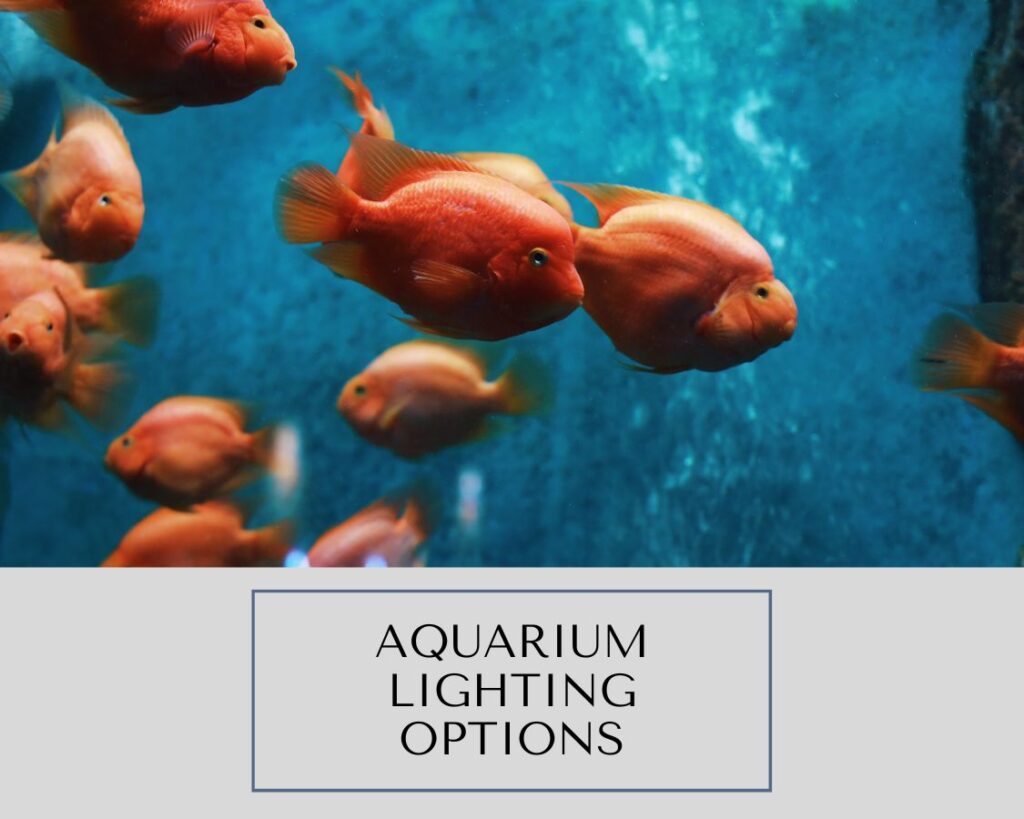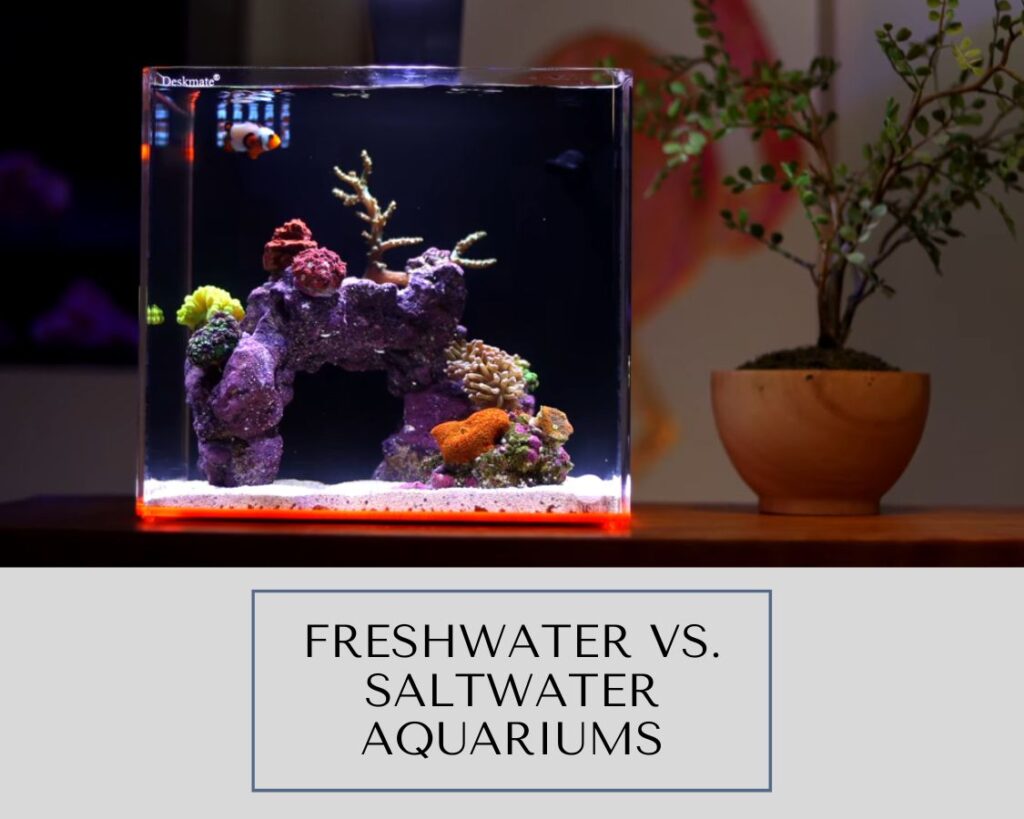Are you considering the Aquarium Lighting Options ecosystem for your aquarium? Here is a thoroughly researched guide on aquarium lighting. In the fascinating world of aquariums, lights are not only for decorating and making aquariums look good. It’s the most essential thing for fish and aquatic habitats. We will explore various aquarium lighting ecosystems, shedding light on the best choices for your underwater ecosystem.
Understanding the Basics
The Significance of Aquarium Lighting
Let’s explore the vital role that aquarium lighting plays in more detail. It’s not just about aesthetics; it profoundly impacts the overall health and thriving ecosystem within your aquatic environment.
First and foremost, aquarium lighting influences the well-being of your aquatic inhabitants. Proper lighting is essential for the physical and mental health of your fish. It regulates their circadian rhythms, ensuring they have a natural day and night cycle. This, in turn, affects their behavior, breeding patterns, and overall vitality.
Additionally, aquarium lighting is a key factor in the successful growth of aquatic plants. Light is the primary energy source for photosynthesis, a process vital for plant growth. The right balance of light intensity and duration ensures lush and healthy plant life, which adds visual appeal to your aquarium and creates a more natural and stable environment for your fish.
Types of Aquarium Lighting
Let’s begin by exploring the various kinds of lighting typically used in aquariums. Understanding these options is the first step toward making a knowledgeable choice.
Incandescent Lighting

Incandescent bulbs are the classic selection for aquariums. They provide a warm and natural-looking light but have some drawbacks.
Fluorescent Lighting
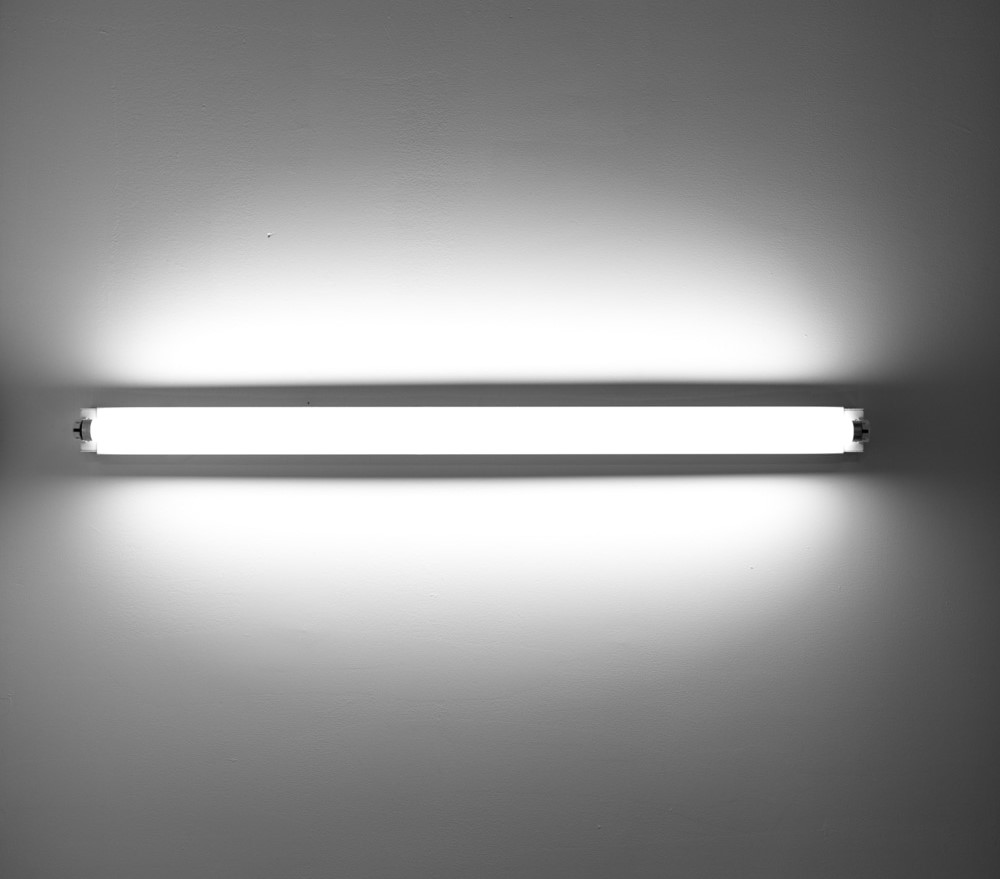
Fluorescent tubes are widespread for their energy efficiency and versatility. They come in various spectrums suitable for both freshwater and saltwater setups.
LED Lighting
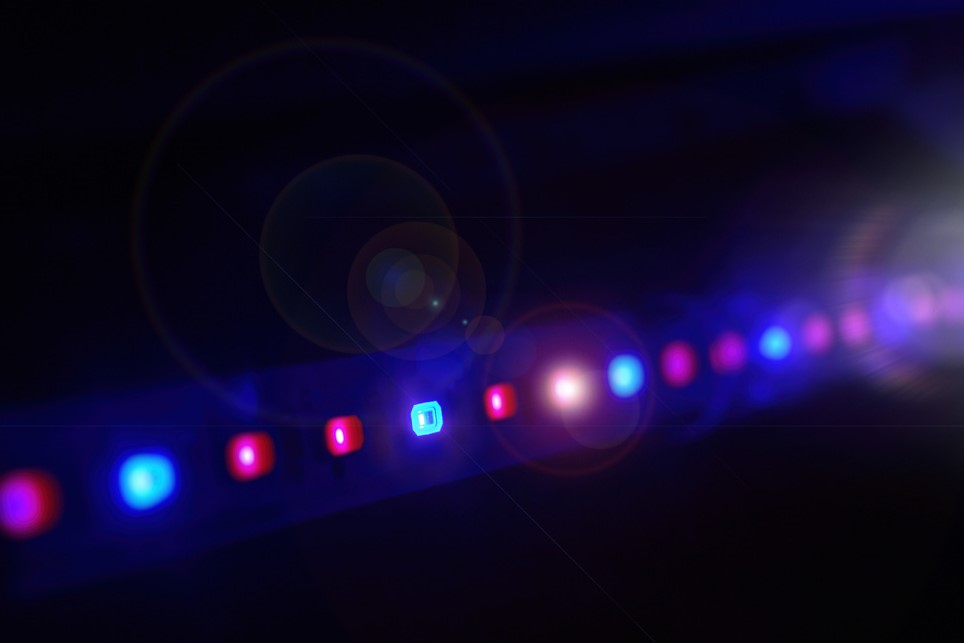
LEDs have revolutionized aquarium lighting. They offer energy efficiency, customizable spectrums, and longevity. Let’s inquire more in-depth into the world of LED lighting.
Choosing the Right Lighting
Picking the proper spectrum of light for your aquarium is a crucial decision that can seriously impact the thriving ecosystem within your aquatic harbor. The light emitted within your tank transcends beyond mere aesthetics, examine the biology and behavior of your underwater inhabitants. Let’s delve deeper into the intricacies of spectrum selection to unveil the secrets of nurturing a flourishing aquatic environment.
The Importance of the Daylight Spectrum
One cannot magnify the consequence of replicating the natural daylight spectrum within your aquarium environment. This act is not just about aesthetics; it is a fundamental factor in sustaining the vitality of your aquatic ecosystem. Much like plants on land, aquatic flora relies heavily on photosynthesis as a sustenance. And to boost this crucial process, the right balance of light is imperative.
The daylight spectrum, which mimics the sun’s radiant embrace, provides the essential energy source for photosynthetic organisms dwelling beneath the water’s surface. It serves as the lifeblood of your submerged greenery, empowering them to produce oxygen and absorb carbon dioxide, thus contributing to water quality. Your fish and plants’ vivid, natural colors are brought to life under this spectrum, creating a visually stunning and dynamic aquatic display.
Beyond the botanical realm, the daylight spectrum profoundly affects the behavior and well-being of your fish. It helps maintain their circadian rhythms, regulating their daily routines and ensuring they remain healthy and active. In essence, it’s akin to giving them a sense of natural order, providing a sense of security and comfort within their watery world.
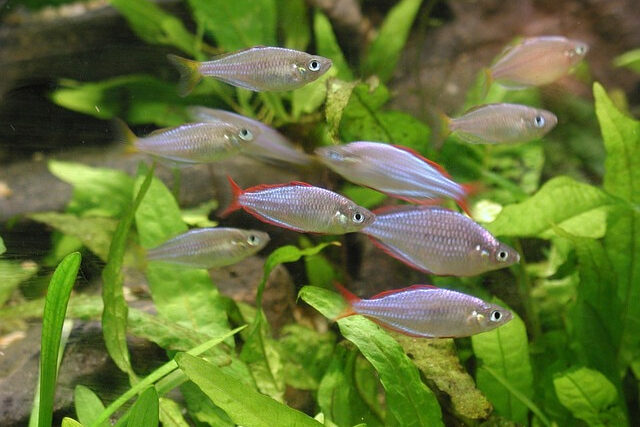
The Charm of Moonlight Spectrum
Now, let us turn our attention to the mystical charm of the moonlight spectrum, a facet of aquarium lighting that is often overlooked but equally essential. Moonlight simulation isn’t just about creating a charming nighttime ambiance within your aquatic habitat; it serves a more profound purpose.
As the sun dips below the horizon, and the world above water transitions into darkness, your aquarium can transform into an enchanting underwater wonderland under the soft, ethereal glow of moonlight simulation. But it’s not just for the benefit of the human observer; it also enhances the nighttime activities of your aquatic companions.
Many fish species are naturally crepuscular or nocturnal, meaning they are most active during the twilight hours and throughout the night. By incorporating a moonlight spectrum, you are not merely providing an atmospheric touch; you are offering a glimpse into the natural world of your fish during their most active periods. This enhances their well-being by allowing them to express their natural behaviors, such as hunting, foraging, or socializing, during these tranquil nighttime hours.
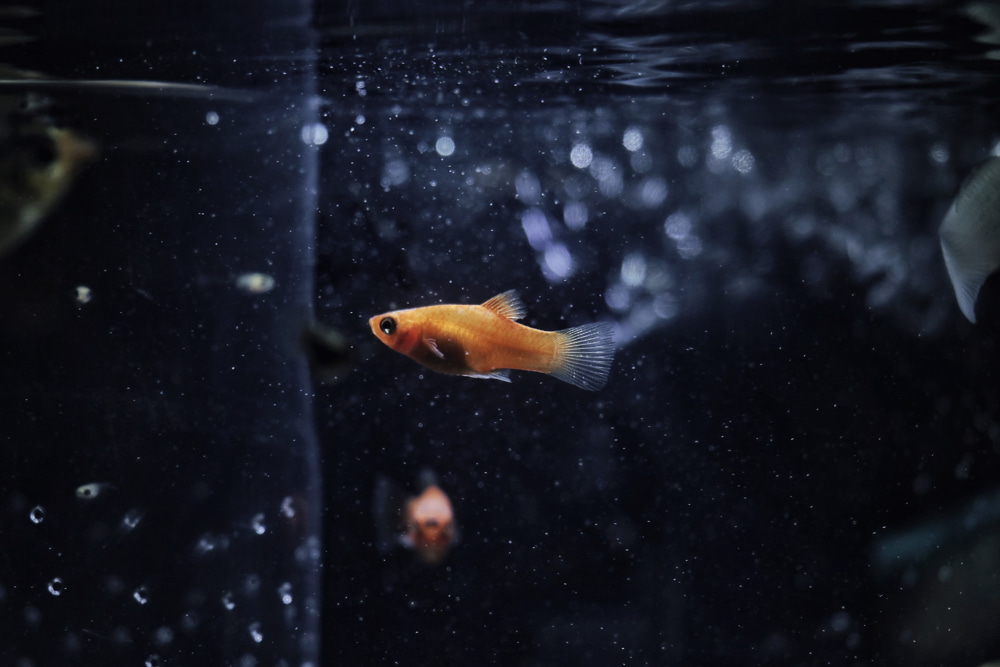
Customizing Your Aquarium Lighting Ecosystem
Fine-Tuning Light Intensity to Perfection
In the complex world of aquarium care, understanding and carefully adjusting light intensity is a key aspect of creating a successful aquatic habitat. The radiant energy that saturates your tank plays a climactic role in the growth and well-being of your underwater residents. Let’s embark on a journey into the domain of light intensity, where we discover how to tailor this crucial factor to meet the unique needs of your aquatic companions.
Adopting the Peaceful Glow of Low Light
Low-light setups offer a serene and subdued ambiance that caters to a specific niche within the aquatic world. This is your choice if you’ve trimmed your tank with low-light plants or house species that prefer a more tranquil luminosity. Low light intensity is not just about aesthetics; it’s about providing the ideal environment for these delicate organisms to thrive.
Low-light plants can flourish in this soft and gentle illumination, unfurling their leaves and exhibiting their natural beauty. Fish that prefer a more tranquil environment will also feel at ease, as the subdued lighting mimics the dimly lit waters of their natural habitats. The low light spectrum is a testament to the harmony that can be achieved in your underwater sanctuary when your lighting matches the specific needs of its inhabitants.
The Versatility of Medium Light
Enter the realm of medium light, a universal choice beloved by many aquarists for its adaptability. Medium-light setups strike a delicate balance that caters to a wide array of aquatic life forms, making them a go-to option for those seeking a harmonious blend of flora and fauna in their tanks.
With medium light, you can host a diverse selection of plants, from the moderately demanding to the low-maintenance varieties, all in one gorgeous display. This equilibrium in lighting intensity fosters plant growth and adapts to the comfort and vitality of a broad range of fish species. It’s a choice that bridges the gap between aesthetics and practicality, offering the best of both worlds to aquarium enthusiasts.
Elevating the Experience with High Light (H3)
For devotees and plant enthusiasts, highlight setups are the ideal of aquarium artistry. These setups are tailored to meet the demands of the most ambitious aquatic gardens, showcasing a breathtaking tapestry of vibrant plant life. High light intensity isn’t just an option; it’s necessary for those seeking to push aquatic horticulture’s boundaries.
Under the brilliance of high-intensity light, the most demanding plant species flourish, displaying their intricate patterns and vivid colors with unmatched vibrancy. These setups are akin to an artist’s canvas, allowing you to create a masterpiece within the glass walls of your aquarium. However, it’s worth noting that high light setups require a higher level of care and expertise, making them the choice of seasoned amateurs who revel in the challenge and rewards of cultivating a thriving underwater garden.
Attaining Optimal Lighting Span
The Science of Photoperiod Management
When it comes to the well-being of your aquatic ecosystem, understanding the daily lighting cycle and its profound influence is nothing short of imperative. Photoperiod management is key to nurturing a thriving aquatic environment harmonizing with the natural world. Let’s dive into this crucial aspect of aquarium care, where the delicate balance of light and time comes into play.
The Essential Role of a Consistent Schedule
Imagine a world where the sun rose and set at different, unpredictable times each day. Such a chaotic environment would undoubtedly cause stress and disarray, not only for us but also for our aquatic companions. Consistency is the cornerstone of stability, and maintaining a steadfast lighting schedule within your aquarium is no exception.
By clinging to a consistent lighting schedule that mirrors the natural day-night cycle, you offer your aquatic pets a sense of security and comfort. Just as the rising sun signals the start of a new day in the wild, a consistent lighting schedule is a reliable indicator for your fish and plants, helping them maintain their circadian rhythms. This, in turn, reduces stress and promotes overall well-being, making your aquarium a tranquil oasis for its inhabitants.
The Artistry of Aquarium Lighting
Beyond the realm of technicalities and practicality, aquarium lighting possesses the remarkable ability to elevate your tank into a breathtaking masterpiece of art. It is a canvas where you can paint with light, creating a captivating and visually stunning aquatic world. Let’s explore the artistic dimension of aquarium lighting, where creativity meets aquatic enchantment.
Illustrating the Canvas with Color
Imagine a world where the colors within your aquarium shift and dance like an ever-changing tapestry. This vision has become a glorious reality with the advent of color-changing LED lights. These versatile lighting systems are not just about definition; they are a tool for crafting moods and visual spectacles within your aquatic realm.
Color-changing LEDs can transform your aquarium into a dynamic and captivating showcase. You can set the mood by selecting from a rich palette of colors, creating serene, moonlit nights or vibrant, sunlit days. The interplay of light and color can evoke emotions, accentuate the natural beauty of your fish and plants, and provide a mesmerizing experience for you and your aquatic companions.
Frequently Asked Questions
What is the best lighting for a freshwater-planted aquarium?
The best lighting for a freshwater-planted aquarium depends on the specific plant species. However, LED lights with adjustable spectrums are versatile and often preferred.
Can I use regular household bulbs for my aquarium?
Using incandescent bulbs meant for household lighting in your aquarium is not recommended, as they can overheat the water and lack the necessary spectrum for aquatic life.
How long should I maintain the lights on in my aquarium per day?
The recommended lighting duration for most aquariums is around 8-10 hours a day, replicating a natural day-night cycle.
Do fish need darkness at night?
Yes, fish benefit from darkness at night to rest and reduce stress. Simulating moonlight can be soothing for them.
Are there any safety precautions when using LED lighting in my aquarium?
Yes, ensure that the LED lights you choose are designed for aquarium use to prevent electrical hazards. Follow manufacturer instructions for installation and maintenance.
Can I use LED lighting for a saltwater reef aquarium?
Yes, LED lighting is suitable for saltwater reef aquariums. Many advanced LED systems offer customizable spectrums to support coral growth.

